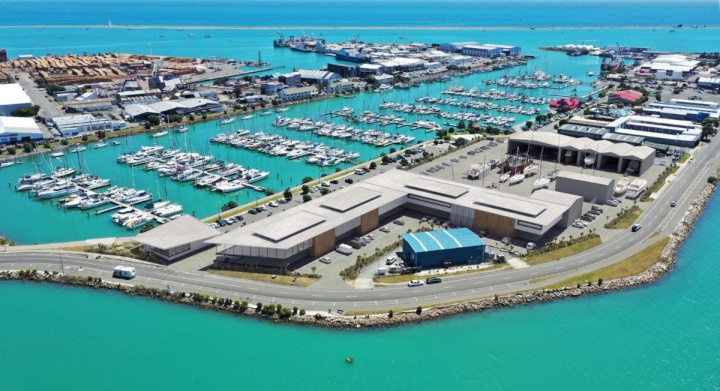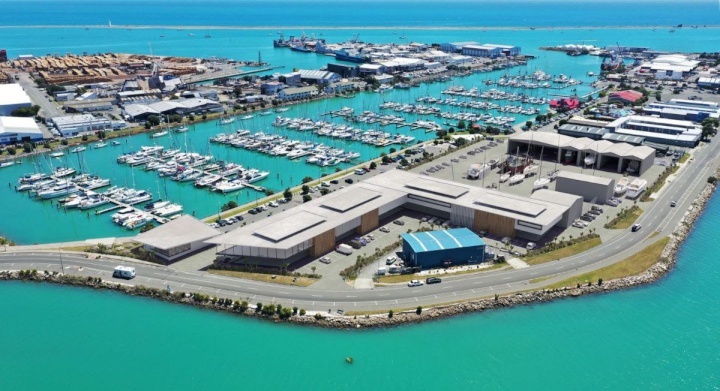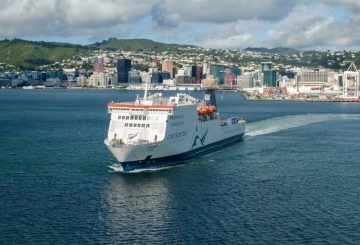6月20日,尼尔森市议会计划将尼尔森码头改造成一个现代化的划船中心和社区中所有人都能享受的场所,该总体规划草案将向公众征求意见。

拟建的码头中心专门从事海事销售和服务相关业务
《码头总体规划草案》建议于6月9日在战略发展和房地产小组委员会上向公众提交,该草案是一个为期15年的愿景,其中包括对船主设施进行现代化改造,改善与市中心的联系,以鼓励公众进入。
战略发展和房地产小组委员会主席盖尔·努南(Gaile Noonan)表示,该计划旨在创建一个繁荣的划船中心,以刺激尼尔森当地经济的增长和活动。
“我们的码头潜力巨大,这个总体规划旨在释放它。作为一座城市,尼尔森的好处是直截了当的,我们的市中心和大海之间更紧密的联系,一个向我们社区中的所有人开放的新空间,其核心是为船只提供现代化的设施,提供他们期望在最先进的码头看到的一切。”
该总体规划是在与主要利益相关者协商后制定的,包含了在10-15年时间内为码头制定的一系列新举措,包括:
- 全新的海滨长廊,适合散步和骑自行车
- 焕发活力的袖珍公园
- 咖啡厅和其他餐饮场所的新场所,可欣赏码头的景色
- 一个潜在的新海上运动设施,供使用非动力船只的俱乐部使用。
码头划船基础设施的重大改善将包括:
- 专用的燃料码头
- 重新配置公共船舷梯区域以减少拥堵
- 面向未来且具有全国竞争力的码头硬架和新型船用葫芦
- 重新配置码头泊位,以满足对更大泊位的过度需求,并确保现有水域得到最佳利用
- 未来码头扩建计划满足未来四十年的需求
- 干堆的长期计划,以提供高效的陆上存储。
议员努南说:“我们确实在考虑向公众开放码头,同时也要确保我们为船只提供最好的服务。”
“这是一个很好的平衡举动,但两个目标并不相互排斥。一个引人入胜、人满为患的空间将有利于码头的长期成功,在我们的参与前得到了码头利益相关者的支持。
“我们现在想听听那些每天使用码头的人以及整个社区的来信。该计划是否使码头朝着正确的方向发展?还有什么你想看的吗?”
在6月14日的理事会全体会议作出最终决定之前,磋商将于6月20日开始,持续四周。





























































